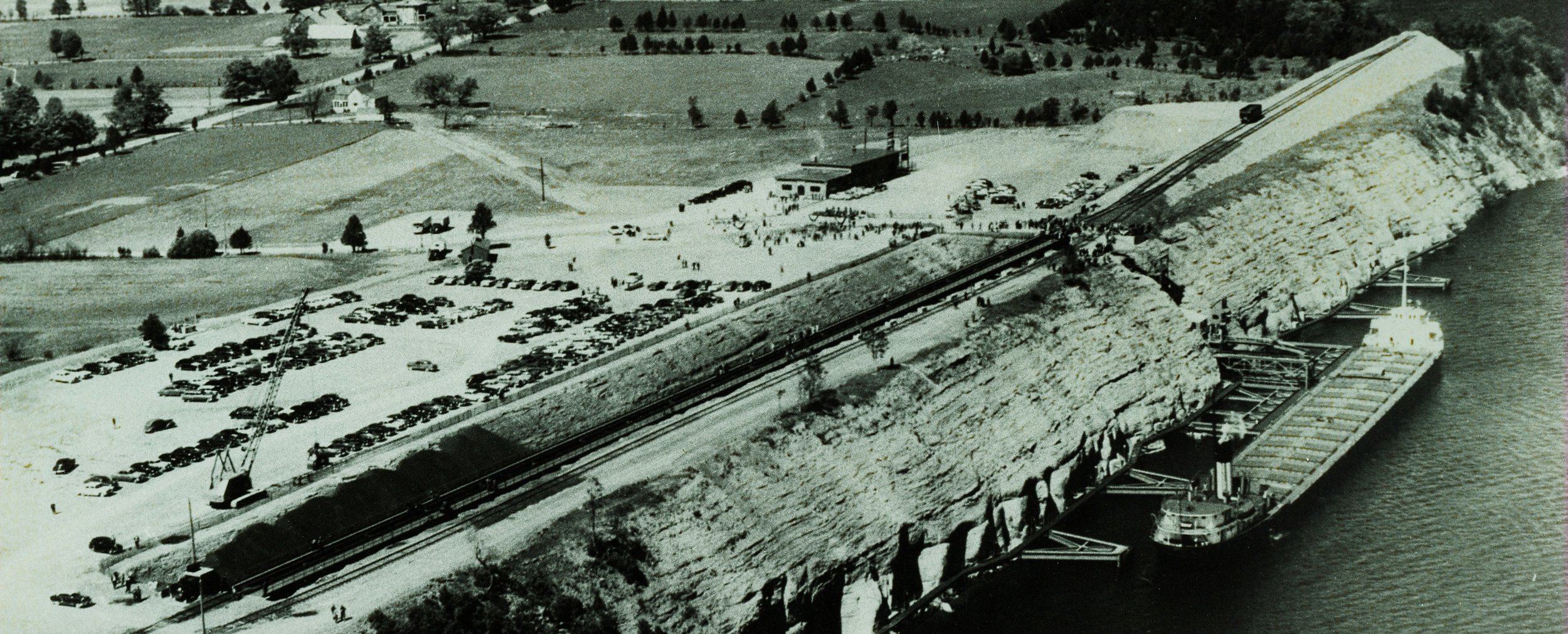1918 Influenza Pandemic kills 20-40 million
/"The influenza pandemic of 1918-1919 killed more people than the Great War, known today as World War I (WWI), at somewhere between 20 and 40 million people. It has been cited as the most devastating epidemic in recorded world history. More people died of influenza in a single year than in four-years of the Black Death Bubonic Plague from 1347 to 1351. Known as "Spanish Flu" or "La Grippe" the influenza of 1918-1919 was a global disaster. " (https://virus.stanford.edu/uda/)
And Marmora was not spared from this tragedy. On October 31, 1918, the Marmora Herald reported, " Three more deaths occurred this week from influenza - Agnes Helen O'Neil passed away last Thursday; Carrie E. Linn passed away last evening and Mrs. Mary Morrison passed away on Sunday morning. Her husband died on Tuesday of last week." In the hopes of keeping people home, the Board of Health requested "all services be withdrawn for one more Sunday in the hope that the influenza epidemic may be completely wiped out." On Nov. 7, 1918, it was reported that the Oriental Hotel at Peterborough had been converted into an emergency hospital to care for patients suffering from influenza.
Click here for more on the 1918 Influenza Pandemic
Oriental Hotel was considered Peterborough's grandest hotel establishment from the mid 1870s until about 1912. It took up a good portion of the south side of Hunter St. just west of George St., rose four storeys. It was thought to be the best hotel between Toronto and Ottawa, and was operated by the Graham family. As you can see from the postcard view of the interior, the dark wood furnishings were accented by potted palm trees and classical style pillars and decorated ceilings.
From about 1918 into the early 1920s, the Oriental served as the city's first Isolation Hospital, treating patients with flu and pneumonia. Later, it housed a barbershop and the Oriental Cafe, followed by the Trent University bookstore in the 1960s and 1970s. In an architectural loss that was most unfortunate, most of the western half of the structure was demolished to make way for a Bell Telephone company parking lot; yet a small portion of the eastern half survived, and to this day houses the Lillico law firm.


































